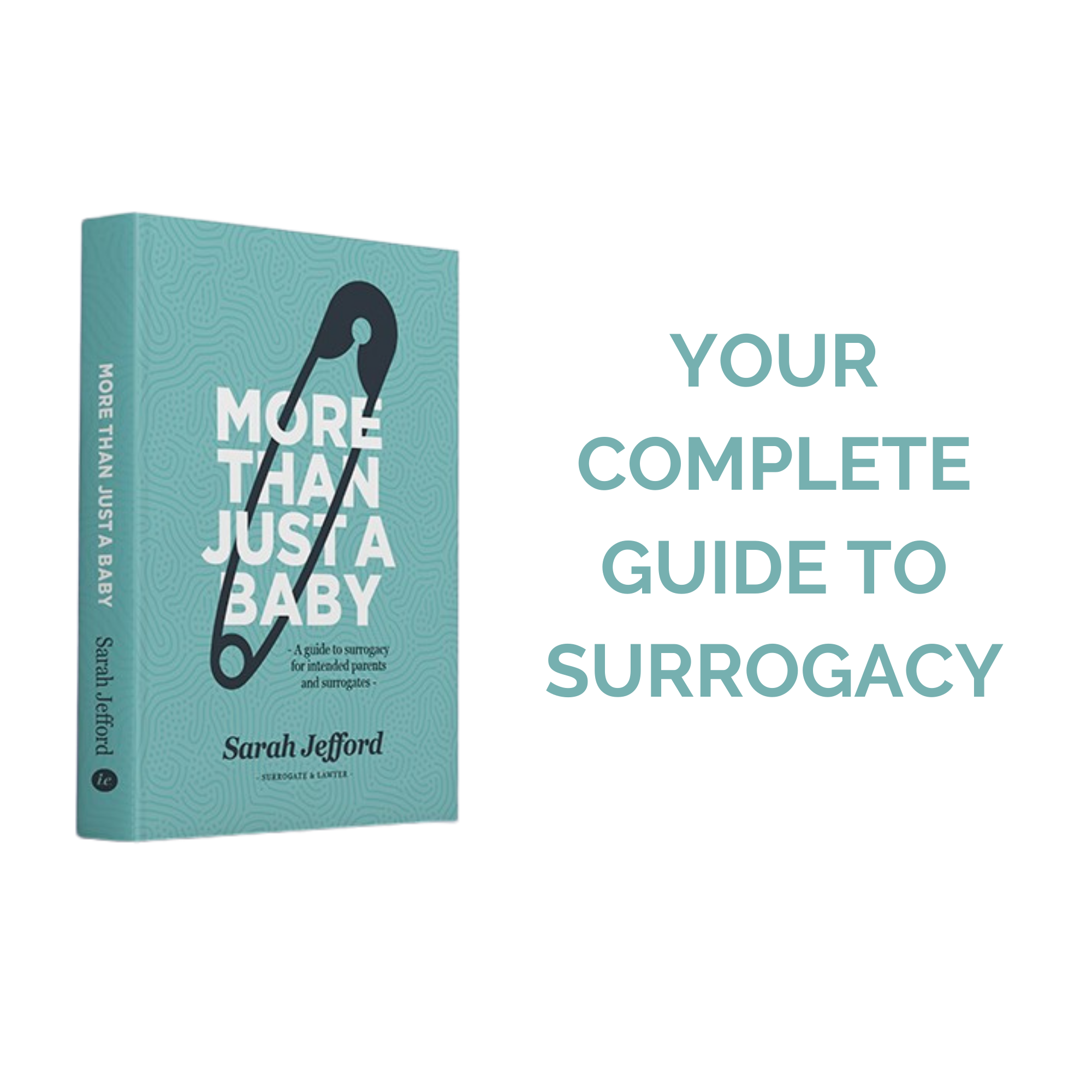In surrogacy Australia is regulated in each state, which means there are no uniform laws that cover surrogacy across the country.
Surrogacy Australia involves looking for a surrogate and not sure where to start? We Need a Surrogate – What’s Next? And if you have a surrogate or intended parents, you can get started on the surrogacy process.
If you’re interested in timelines and costs, this chart was developed by an intended parent to help you plan it out.
Surrogacy laws across Australia and follow the same basic principles:
- The Intended Parents must qualify for surrogacy – this means they must not be able to either conceive or carry a baby themselves. You should check the surrogacy laws in your State to see who can access surrogacy. Whilst medical infertility is challenging, it is not of itself a qualifier for surrogacy. If you are experiencing infertility, your fertility specialist must recommend surrogacy as an option to you before you pursue this path. You may need to explore options of donor eggs or sperm before considering surrogacy. You might qualify for surrogacy if neither your or your partner have a uterus – this includes same-sex male couples, women born without a uterus (MRKH), and women who have undergone a hysterectomy. Western Australia currently does not allow gay couples to access surrogacy treatment, however this is likely to change in the next year or two.
- The surrogacy arrangement is not enforceable. This means that if the surrogate does not relinquish the baby, or the intended parents do not accept the baby, neither party can enforce the agreement. However, the surrogate can enforce the agreement to recover prescribed costs. This might seem frightening to both the birth parents and the intended parents – rest assured the chances of the surrogate keeping the baby or the intended parents refusing to take the baby are extremely rare in Australia.
- The surrogacy arrangement must be altruistic. Commercial surrogacy is illegal across Australia. This means the surrogate and her partner cannot be paid a fee or reward for carrying a baby for someone else.
- While surrogacy Australia is altruistic, the intended parents must cover the surrogate’s expenses in relation to surrogacy, pregnancy and birth. The specific expenses that can be covered varies from state to state, and you should rely on legal advice to understand what is covered. Many teams find it useful for the surrogate to have a bank card linked to the intended parents’ account which allows her to pay for medicine and expenses easily.
. - Each surrogacy Australia arrangement must follow the process to ensure they can obtain a parentage order after the birth. The process is explained in more detail in this post, and it involves surrogacy counselling and everyone obtaining legal advice.
- When the baby is born, the birth is registered in the state where the baby is born, with the surrogate and her partner listed as the baby’s parents on the Birth Certificate. After the birth, the Intended Parents can apply to the Court for a Parentage Order in the State where they live. The Order transfers parentage from the birth parents (the surrogate and her partner) to the intended parents. The Birth Certificate is then re-issued with the new parents listed, instead of the surrogate and her partner. You might be interested in the DIY Parentage Order option to reduce costs.
Read more information about surrogacy laws in Australia, and those that apply in your state. If you are interested in surrogacy options overseas, this post might be useful.
You can find out more about the Surrogacy Australia support service and whether it’s an option you should consider.
Looking for more information? Be sure to check out The Blog, and listen to the Surrogacy Podcast. And don’t forget to download your free Surrogacy Handbook.
Sarah has written a comprehensive surrogacy guide, More Than Just a Baby: A Guide to Surrogacy for Intended Parents and Surrogates, which you can purchase in digital or hard copy.
You can also book in for a consult with me below, and check out the legal services I provide. Sarah practices across Queensland, Victoria, Western Australia, Tasmania, New South Wales, South Australia, ACT and the Northern Territory.



